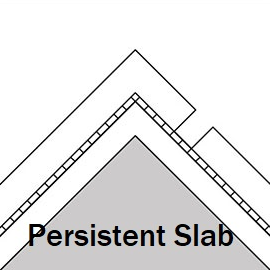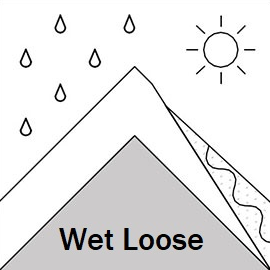Gudauri
Natural avalanches are possible, human-triggered avalanches are likely. Small avalanches in many areas, or large avalanches in specific areas, or very large avalanches in isolated areas.
Warm air temps and light night freezes, in addition to the weight of dense recent snow on the old weak snowpack, creates a dangerous situation around Gudauri. Loose wet and slab avalanches are likely to be triggered in certain areas - take care everyone!
Forecast issued at: 29 March 2025 11:00
Forecast valid until: 31 March 2025 11:00
Forecaster: Manu Greer
High Alpine
> 2600m
3 Considerable
Dangerous avalanche conditions. Careful snowpack evaluation, cautious route-finding and conservative decision-making essential.
Alpine
2000m - 2600m
3 Considerable
Dangerous avalanche conditions. Careful snowpack evaluation, cautious route-finding and conservative decision-making essential.
Sub Alpine
< 2000m
2 Moderate
Heightened avalanche conditions on specific terrain features. Evaluate snow and terrain carefully; identify features of concern.
Avalanche Problems
Persistent Slab

Weak facet layers in the lower half of the snowpack - more often found in high alpine shady areas but also found in other places - could create a very large avalanche event if triggered. The extra weight of the recent snow, as well as the warming trend, makes these avalanches more likely. Try to minimise your exposure to large paths, and avoid common trigger points such as areas near rocks or steep convex roll-overs. Look out for whumphing, cracking and recent avalanches - these signs tell you the snow is unstable and you should stick to safe terrain only.
| Sensitivity | The specific avalanche problem type is difficult to trigger with a human rider. |
| Distribution | Specific areas, with common characteristics. Evidence for instabilities exists, but it is not obvious and finding it requires careful observations. |
| Time of Day | All day |
| Trend | No change |
| Confidence | Moderate |
Loose Wet

It's getting hot at this time of year. In areas that get a lot of sun, especially near rocks, and at lower elevations, wet avalanches are likely - they can pick up more and more snow as they travel and can become large and dangerous. The wet snow could also form full-depth wet slab avalanches which can be more dangerous. Avoid steep sunny and low elevation areas when the temperature increases. Partly cloudy skies can trap more heat and increase temperatures quickly - watch out for the 'greenhouse effect'!
| Sensitivity | The specific avalanche problem type is reactive to human rider triggers. Easy to trigger with ski cut. |
| Distribution | Specific areas, with common characteristics. Evidence for instabilities exists, but it is not obvious and finding it requires careful observations. |
| Time of Day | Afternoon |
| Trend | Deteriorating |
| Confidence | High |
Recent Avalanches and Snowpack
Recent Avalanches: Multiple natural and triggered slab avalanches in high alpine zone, 24th - 27th, N, NE and NW aspects, size 2 to 4.
Many natural and a few triggered loose wet avalanches up to size 2 from sunny slopes often near rocks in the last few days.
Snowpack: Around 100cm of snow fell at higher elevations during the 19-22 March snowfall. This layer has consolidated with recent warming, and has formed a cohesive, reactive slab above older layers, with propagating failures found in tests. The problem is mostly found on shady slopes above about 2600m, but high elevation E and W aspects may also have this issue. There are facet (weak snow) layers in the lower half of the snowpack in higher shady places, and these will remain active for a while despite a warming snowpack. Sunny aspects and lower elevations are getting very warm, and loose snow slides or wet slabs are likely in the heat of the day and into the afternoon.
Weather
A high freezing level and sun / cloud and possible light showers over the next 2 days. S winds getting stronger on Sunday.
Disclaimer
Our avalanche forecasters are internationally qualified and experienced professionals, and data is provided by skilled observers. We encourage you to make your own observations and decisions, without relying solely on our forecast, since any forecast is a generalised 'best guess', and in certain cases it might be inaccurate. We can not be held liable for any actions you take in the backcountry that may result in injury, loss or death.